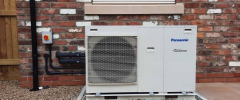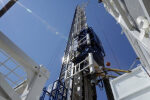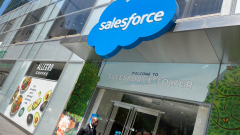For years, I have followed the rise of heat pumps as one of the central technologies for decarbonising heating. The numbers have been impressive, the policy support has been strong, and the narrative has been almost unstoppable. But as with so many technologies that capture political and public imagination, there comes a moment when promises have to turn into results. For heat pumps, that moment is now.
After several years of double-digit growth, the global market is showing signs of fatigue. Sales have dropped sharply in some of the key European markets, with declines of up to 40 percent compared to the previous year. The causes are familiar: lower gas prices have weakened the cost advantage, consumers are confused by shifting subsidy regimes, and supply chains are struggling to deliver affordable installations. A shortage of skilled technicians has also slowed deployment.
This slowdown doesn’t mean the end of the story. It marks the start of what I would call the “reality phase” of the heat pump rollout, a stage where the technology must prove itself not in theory or in targets, but in practice, across diverse climates, building types, and customer segments.
The fundamentals still work
Despite the short-term turbulence, the underlying case for heat pumps remains extremely strong. The technology is both elegant and efficient. By transferring heat rather than generating it, heat pumps can deliver three to five units of heat for every unit of electricity consumed. That kind of performance is hard to match by any other heating technology.
In colder regions, technical advances are also closing the performance gap. The new generation of “cold-climate” heat pumps can operate efficiently even at temperatures well below freezing. That changes the economics for markets like Northern Europe, Canada, and parts of the U.S., where conventional wisdom once held that heat pumps simply wouldn’t work.
Related: How Saudi Arabia Is Freeing a Million Barrels a Day for Export
For homeowners and businesses, the long-term economics can be compelling. As electricity grids increasingly draw on renewable power, the carbon footprint of electric heating continues to decline. And in markets where heat pump adoption is combined with improved insulation and energy-efficiency upgrades, energy bills are already falling.
A system challenge, not a product rollout
Where the story gets more complicated is at the system level. Installing a heat pump is not like swapping out an old boiler for a newer model. It often requires upgrades to insulation, radiators, and sometimes the grid connection itself. That means the real challenge isn’t just selling more units, it’s integrating heat pumps into a much broader ecosystem of building renovati





